1. Paperbark Maple
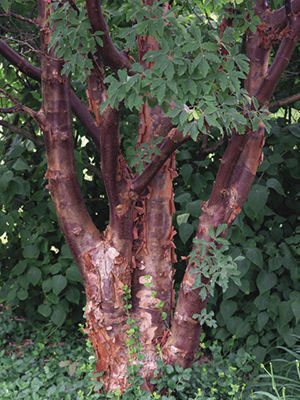
Name: Acer griseum
USDA hardiness zones: 4 to 8
Size: 20 to 30 feet tall and wide (rounded crown)
Conditions: Full sun to partial shade; well-drained soil
This tree provides a focal point for all seasons. The year starts with small yellow flowers appearing in spring, followed by three-lobed, dark green leaves all summer. In fall, the foliage turns a spectacular red. The icing on the cake is the muscular, mahogany-colored trunk with peeling bark, which provides unbeatable winter interest even on gloomy days.
2. ‘Profusion’ Beautyberry
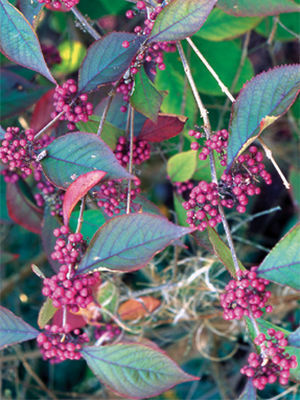
Name: Callicarpa bodinieri var. giraldii ‘Profusion’
Zones: 5 to 8
Size: 6 feet tall and 4 feet wide
Conditions: Full sun to partial shade; well-drained soil
‘Profusion’ beautyberry plays a background role nine months of the year, but when its fruit turn a metallic neon purple in early fall, this plant moves to center stage. Its leaves, which often take on pink tones in autumn, eventually drop, leaving behind clumps of berries hugging onto long gray stems. This cultivar is known for its huge number of berries. Because the fruit are not a favorite of birds, the berries persist well into winter.
3. Golden Hardy Fuchsia
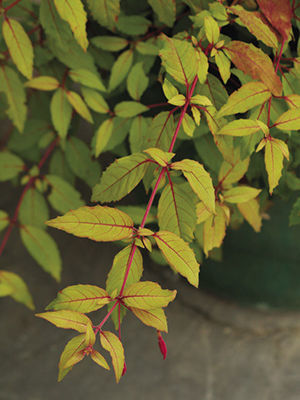
Name: Fuchsia magellanica ‘Aurea’
Zones: 6 to 9
Size: 2 feet tall and 4 feet wide
Conditions: Partial shade; well-drained soil
Place this little workhorse where you’ll see it often because it is in bloom from late spring until a hard frost. The prostrate habit of golden hardy fuchsia makes it perfect for spilling over the edges of a pot or stone wall. And the bright yellow leaves provide a striking contrast to reddish purple stems and hot pink flowers. Because the leaves can burn and fade in sun, partial shade is ideal.
4. Ivory Halo® Redtwig Dogwood
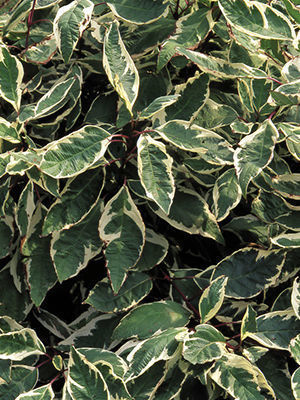
Name: Cornus alba ‘Bailhalo’
Zones: 3 to 8
Size: 4 feet tall and wide
Conditions: Partial shade; moist soil
Ivory Halo® is more compact than other redtwig dogwoods, making it an ideal focal point for small gardens. Its leaves tend to burn in full sun, but they flourish in the shade, drawing your eye to their crisp, green-and-white variegated leaves. The small white spring flowers of Ivory Halo® are a bonus, but the real drama comes in fall and winter when the leaves drop, revealing bright red stems. Prune the stems back to just above ground level in early spring to keep future stems red and compact.
Pat Reh is a landscape designer and general manager of Northwest Botanicals in Seattle, Washington.
Photos: #1, Jennifer Benner; #2, Jerry Pavia; #3, Danielle Sherry; #4, Bill Johnson

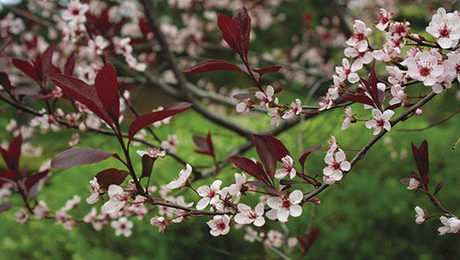
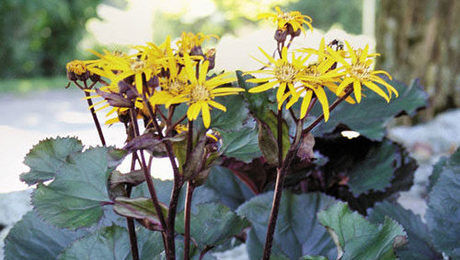
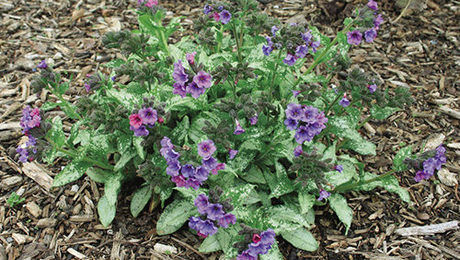
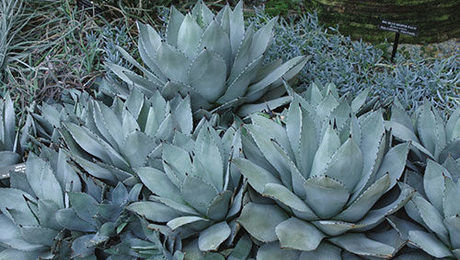












Comments
Log in or create an account to post a comment.
Sign up Log in